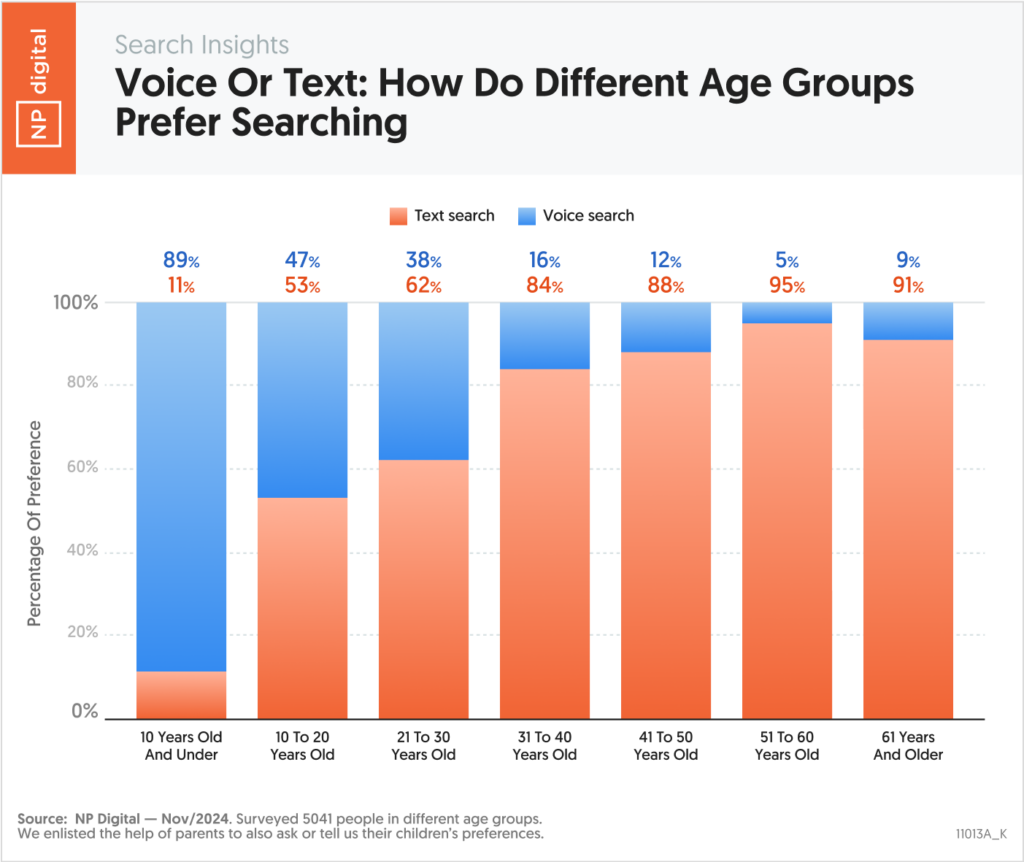In 2025, SaaS marketers are navigating a landscape where better tech can drive explosive growth—but only when used right.
This year, it’s not about doing more; it’s about getting more out of what you have. Efficiency and relevance are the guiding principles, with the customer—not the product—at the center.
With AI and automation on the rise, customers see right through old marketing tactics. They’ll only give their time to brands they respect, those that go beyond personalization to solve their innermost pain points and emanate good vibes.
In this climate, listening closely and reaching out with a helping hand are what earn loyalty. Short-form storytelling still delivers, but a brand’s reviews speak loudest.
Branding and PR have real power again. And while polished content builds brand presence, customers respond more to straightforward, relatable advertising that feels real, not canned.
With insights from some of our favorite marketing minds at Digital Star, here are the top trends and actionable steps to elevate your SaaS marketing strategy this year.
1. Building a Customer-Centric Strategy
Your first step in developing a 2025-ready strategy is understanding what your audience values most. This is more than just demographic data; it’s about building a feedback loop with current customers and ensuring their needs align with your direction.
- Get customer insights directly to validate ideas and test new approaches
- Maintain a feedback loop with your customers and consistently adapt based on real-time insights
- Request G2 and Capterra reviews after major successes to boost trust

“The best way to validate your strategy is by listening to your customers and iterating. That’s where lasting relationships are built.” — Neil Patel
2. Leveraging Artificial Intelligence (AI) Efficiently
AI will play a more targeted role in SaaS marketing in 2025, focusing on data insights and personalization without replacing human oversight. AI is best applied to automate routine tasks, analyze customer behavior, and identify trends—freeing up marketers for more strategic work.
- Use AI for customer insights and leave creativity to human input
- Personalize messaging based on recent customer interactions for relevance and timeliness
- Use AI-driven chatbots for 24/7 support, but ensure a seamless transition to human agents when needed
Stat to know: Over half of marketers are increasing their AI budgets to focus on personalization and customer journey insights, according to Optimizely.
3. Short-Form Video Dominance
Short-form video remains an effective way to engage audiences across platforms like YouTube and LinkedIn. With 93% of marketers reporting new customer acquisition from short videos, this format’s impact is undeniable.
- Create videos that convey core messages in the first few seconds
- Share across channels like Instagram and LinkedIn to reach broader audiences
- Engage through platform-native tools like YouTube’s “Shorts” and Instagram Reels

Check out what Datarails is promoting in the TikTok ad library.
Stat to know: Roughly 93% of marketers have gained new customers through short-form videos, per Lifewire.
4. Voice and Visual Search Optimization
Voice search is growing as a preferred search method, with 41% of adults in the U.S. using it daily. As consumers continue to embrace visual search tools like Google Lens, brands should adapt to meet this demand.
- Optimize for platforms like Google Lens by adding image descriptions and structured data
- Answer common questions in a conversational tone that reflects how people speak
- Include voice-optimized FAQs to enhance voice search results

Stat to know: In YouTube’s latest report on video engagement, consumers expect fast, relevant responses, which can be achieved by optimizing for voice queries.
5. First-Party Data Collection and Privacy Compliance
As privacy laws become more stringent, collecting and using first-party data ethically is essential. Consumers want transparency and are willing to share information if they feel safe and understood.
- Incentivize users to share data directly, such as through gated content or personalized offers
- Communicate data usage and obtain explicit consent for an open, trust-based relationship
- Gain information directly from customers, such as through surveys, to foster a sense of control
“With rising privacy expectations, transparency is more than compliance; it’s the foundation for trust.” — LinkedIn’s Marketing Guide, 2024
Stat to know: 84% of Americans express concern about online data privacy, emphasizing the importance of transparency, per Allied Global Marketing.
6. Omni-Channel Presence and Consistency
An omni-channel approach—appearing where your customers already spend time—is critical. By focusing on several key channels, you create a cohesive experience and reinforce brand presence.
- Identify the channels where you already see engagement and expand from there
- Keep brand voice consistent whether on social media, email, or blog content
- Use paid ads, SEO, and organic content to drive traffic across different touchpoints
Stat to know: Multi-channel campaigns see 166% higher engagement than single-channel, as found by HubSpot.
7. Influencer Marketing with Micro-Influencers
Influencer marketing is shifting toward smaller, niche influencers who bring loyal, engaged audiences. These micro-influencers offer more authentic engagement and higher ROI.
- Find influencers whose values align with your brand and who reach your target audience effectively
- Establish ongoing partnerships for consistent engagement rather than one-off promotions
- Engage with influencers who have a direct connection to your audience, such as tech bloggers for SaaS products
Stat to know: 84% of B2B marketers find LinkedIn invaluable for influencer marketing, per Optimizely.
8. Fostering Customer Evangelism and Product Reviews
Your most satisfied customers can be your strongest advocates. Engage with these “super users” and encourage them to share their experiences on review sites.
- Prompt customers for reviews after major wins or successful project completions
- Share customer testimonials in marketing content to build credibility
- Use platforms like G2 and Capterra to capture positive feedback and drive trust
“Your brand’s best ambassadors are often right in front of you; empower them to tell your story.” — Kipp Bodnar, HubSpot CMO
9. Authentic Brand Values and Purpose-Driven Marketing
Consumers increasingly prefer brands that communicate a clear purpose and align with their values. In 2025, authenticity and transparency will be non-negotiable.
- Communicate your brand’s values, like sustainability or diversity, in customer interactions
- Avoid over-polished messaging; showcase your team, behind-the-scenes content, and real customer stories
- Ensure your brand’s actions and communications reflect your stated values
Stat to know: Nearly 73% of people prefer brands that are transparent about their purpose, per Allied Global Marketing.
How to Get Started in 2025
Whether you’re adapting to new trends or fine-tuning your approach, here’s a roadmap to jumpstart your 2025 strategy:
- Focus on key trends that align with your brand, like video or customer feedback loops
- Continuously monitor performance across platforms and adjust based on real-time data
- Engage deeply with your audience for sustained relationships rather than one-off sales
In 2025, success in SaaS marketing will be defined by how effectively you can combine technology and authenticity. By focusing on what resonates with customers—values, relevance, and simplicity—you can create a sustainable and adaptable strategy.
Let’s make this the year to not just reach, but truly connect with your audience.